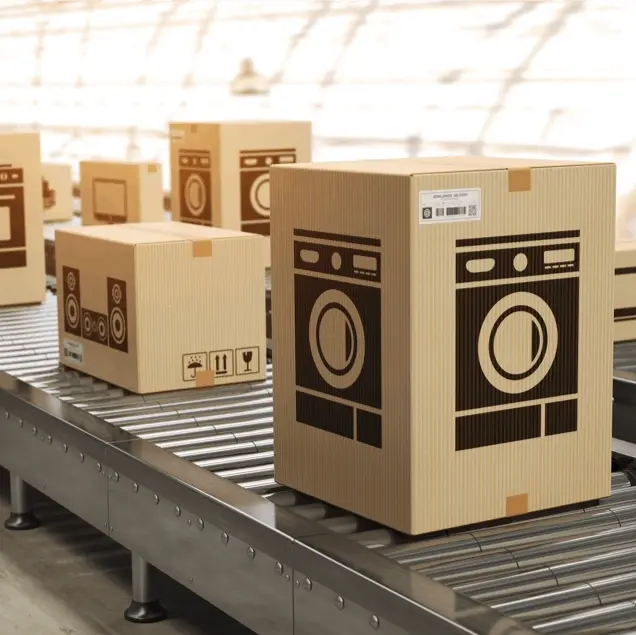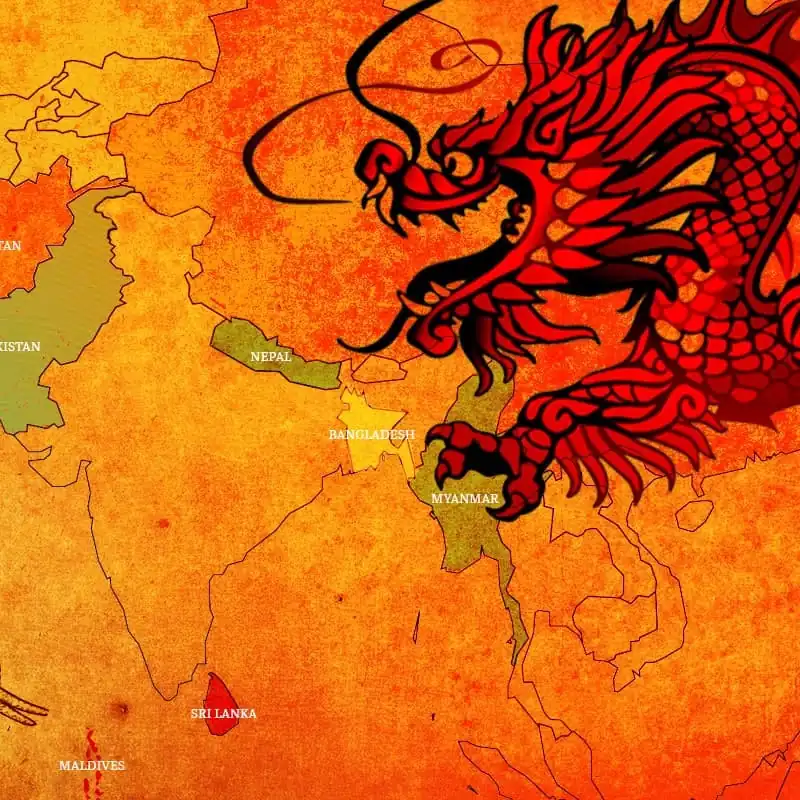Introduction
India's retail sector is witnessing a paradigm shift, with value retail emerging as a key player in redefining shopping experiences. Blending affordability with quality, this sector is expanding its reach into Tier II and Tier III cities, leveraging economic shifts and changing consumer behaviour.
Projected to reach a market size of $280 billion by 2025, growing at a CAGR of 15%, value retail is a testament to the evolving economic and social landscape of India. This article provides a detailed analysis of the factors driving this growth, the strategic opportunities it presents, and the challenges and imperatives for success.
Value retail operates on a principle of democratising fashion: delivering high-street styles at accessible price points to a broad consumer base. This model differentiates from premium brands by its geographical inclusivity and strategic customer segmentation, enabling wider market penetration. The key to its success lies in a fine balance between quality and cost, offering branded goods at competitive prices, with a pronounced impact in smaller cities. Customer attraction hinges on compelling value propositions, including aggressive discounting, freebies, and package deals, to create a perception of exceptional value.





